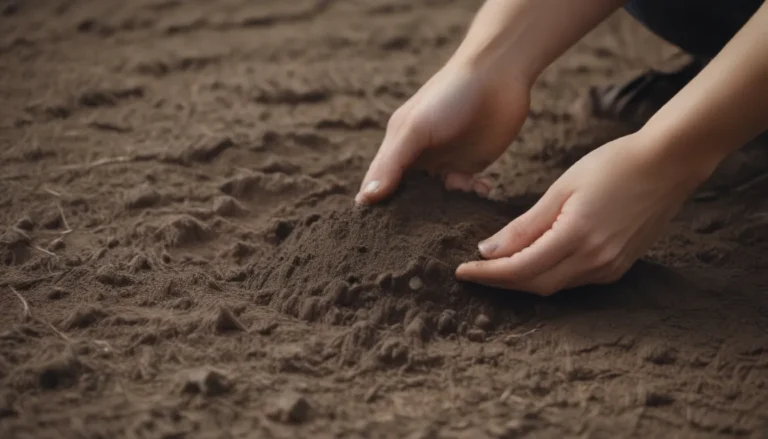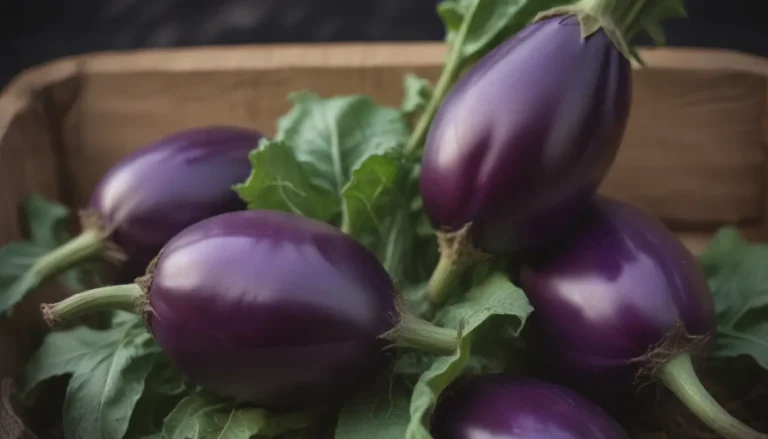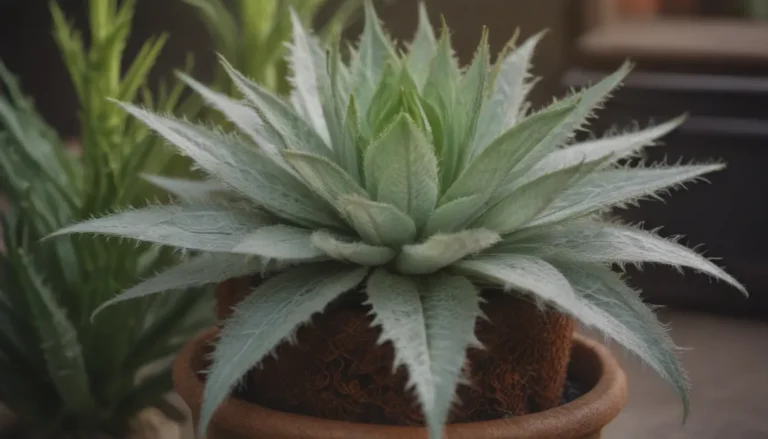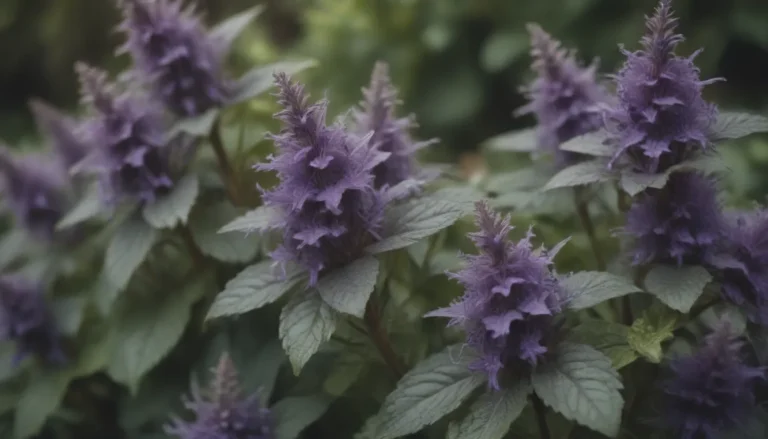How to Change the Color of Your Hydrangeas: A Comprehensive Guide
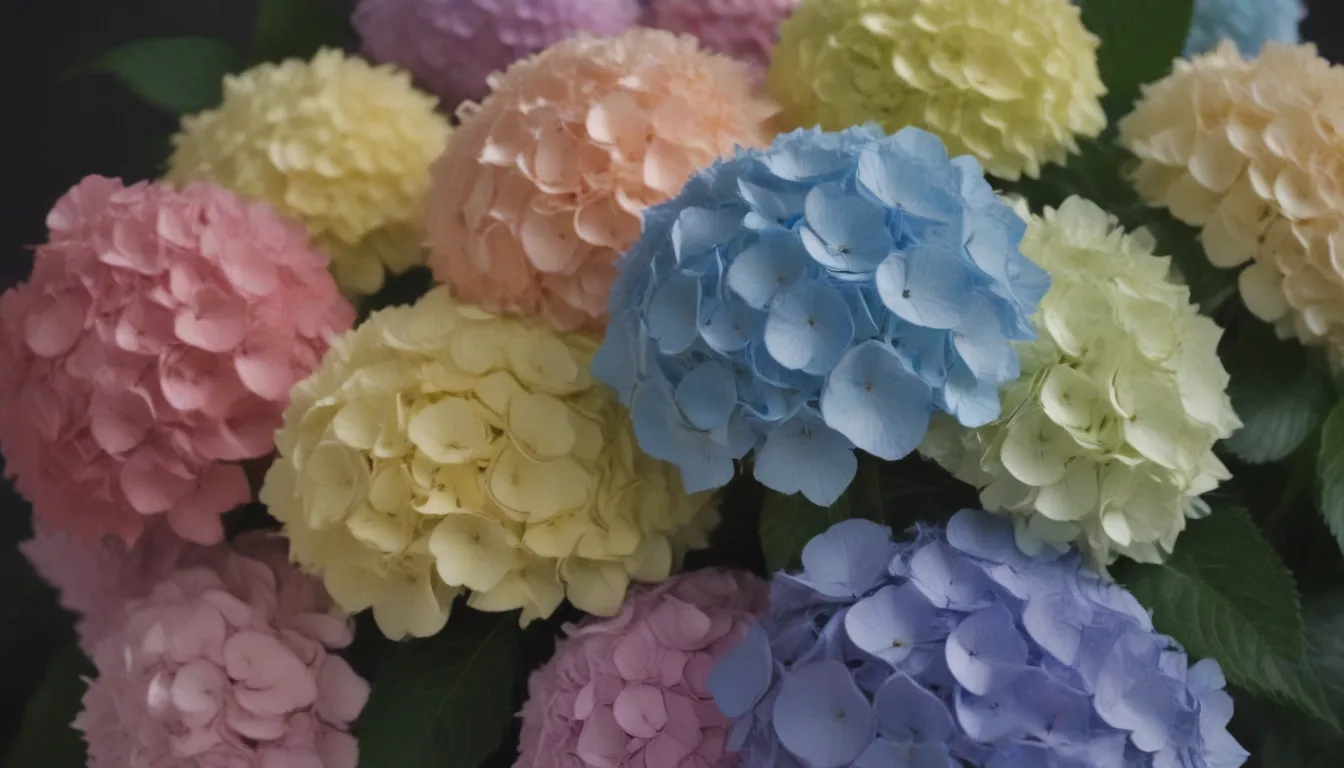
Hydrangeas are a beloved addition to any garden, boasting beautiful blooms in shades of blue, pink, white, and green. What sets hydrangeas apart from other flowering shrubs is their unique ability to change their flower color based on the acidity of the soil they are planted in. In alkaline soil, hydrangea flowers tend to turn pink, while in acidic soil, they take on a beautiful blue hue. If your soil is not naturally acidic or alkaline, fear not – you can amend it to achieve the desired color for your hydrangeas. However, not all hydrangea varieties have the ability to change their flower color, so it’s essential to know which types can transform from pink to blue and vice versa.
Understanding Anthocyanins: The Key to Hydrangea Color
Anthocyanins are water-soluble pigments found in the flower heads or bracts of hydrangeas. These pigments are responsible for the vibrant blue or pink hues of hydrangea blooms. When the molecules of anthocyanins are closely stacked together in the plant tissue, the blooms appear blue. Conversely, when the molecules are sparse and scattered, the blooms take on a pink hue.
The Science Behind Hydrangea Color
Two factors play a crucial role in determining whether a hydrangea plant will produce pink or blue blooms: the availability of the micronutrient aluminum to the plant and the soil pH. The amount of aluminum that a hydrangea plant can absorb from the soil directly impacts the color of the blooms. When the plant absorbs more aluminum, the pigment molecules in the bracts move closer together, resulting in blue flowers. On the other hand, in the absence of sufficient aluminum, the molecules in the flower tissue move apart, leading to pink blooms. The availability of aluminum in the soil is highly influenced by the soil’s pH level. Aluminum is more soluble in acidic soils, leading to blue flowers, while in alkaline soils, the blooms tend to turn pink.
Here’s a breakdown of how different soil pH levels affect the color of hydrangea blooms:
– Acidic soil (pH 5.0-5.5)
– Neutral to alkaline soil (pH 5.5– 6.5)
– Alkaline soil (pH 6.5-7.0)
It’s essential to understand your soil’s pH level before attempting to change the color of your hydrangeas.
Identifying Hydrangea Varieties That Change Color
Before you embark on the journey of altering the color of your hydrangeas, it’s crucial to know which types have the ability to transform their blooms. Bigleaf hydrangeas (Hydrangea macrophylla) and mountain hydrangeas (Hydrangea serrata) are two varieties that can change the color of their flowers from pink to blue and vice versa. However, oakleaf hydrangeas (Hydrangea quercifolia) and peegee hydrangeas (Hydrangea paniculata) with white or cream-colored flowers do not have this color-changing ability.
Tip: Keep in mind that certain cultivars are specifically bred to produce blue or pink flowers regardless of the soil pH.
How to Alter the Color of Your Hydrangeas
Testing the Soil
- Obtain a soil pH testing kit from a garden center or your local Cooperative Extension Office.
- Follow the instructions to perform the test and determine the current pH level of your soil.
- Analyze the results to decide whether you need to increase or decrease the pH to achieve your desired flower color.
Selecting Your Soil Amendment
- Choose a soil amendment based on your soil’s pH level and the color you wish to achieve.
Adding Amendment to the Soil
- Granular Method (any time of year): Apply the chosen product around the base of the plant and work it into the soil using a rake or cultivator.
- Liquid Drench Method (March, April, May): Dissolve aluminum sulfate for blue flowers or hydrated lime for pink flowers in water and drench the soil around the hydrangea with this solution.
Warning: Be cautious while adding soil amendments and follow the instructions carefully to avoid harming your hydrangeas.
Alternative Methods to Change Hydrangea Color
Coffee Grounds for Blue Hydrangeas
- Some gardeners have reported success in changing the color of their hydrangeas by using coffee grounds to increase soil acidity.
- Sprinkle coffee grounds in late fall and work them into the soil to achieve blue blooms.
Egg Shells for Pink Hydrangeas
- Crushed eggshells may help in turning hydrangea blooms pink by reducing soil acidity.
- Mix crushed eggshells into the soil to see the desired color change over time.
Maintaining Soil pH and Ensuring Color Consistency
After amending your soil to achieve the desired pH level, it’s important to be patient as the process can take several weeks, months, or even up to a year to show results in the color of your hydrangea blooms. Regularly test the soil and make further amendments if necessary. Remember that changing the pH of the soil is a gradual process and the soil may naturally revert to its original pH over time.
Some hydrangea cultivars, such as Strawberry Sundae and Strawberry Vanilla, undergo color changes as they age, transitioning from white blooms to shades of pink or red. This color change is a result of plant breeding, not soil acidity. If you notice multiple colors on your hydrangea blooms, it may indicate that your soil pH is within a moderate range, resulting in a mix of blue and pink flower colors. To adjust the color towards blue or pink, follow the guidelines for soil amendments mentioned earlier.
To maintain the health and vibrancy of your blue hydrangeas, use a fertilizer designed for acid-loving plants and apply it in the spring before the growing season begins. Avoid using fertilizers high in phosphorus as it can hinder the absorption of aluminum by the plant, leading to less blue coloration in the blooms.
In conclusion, changing the color of your hydrangeas can be a rewarding process that adds a personal touch to your garden. By understanding the science behind soil pH and nutrient absorption, you can successfully transform your hydrangeas from pink to blue or vice versa. Remember to test your soil, choose the right amendments, and be patient as you witness the magical color transformation of your hydrangea blooms.
Sources:
– The University of Iowa Libraries.
– Growing Tips: Hydrangeas, Color, and Fertilizing. University of Massachusetts Amherst.
– Growing Bigleaf Hydrangea. University of Georgia Extension.
